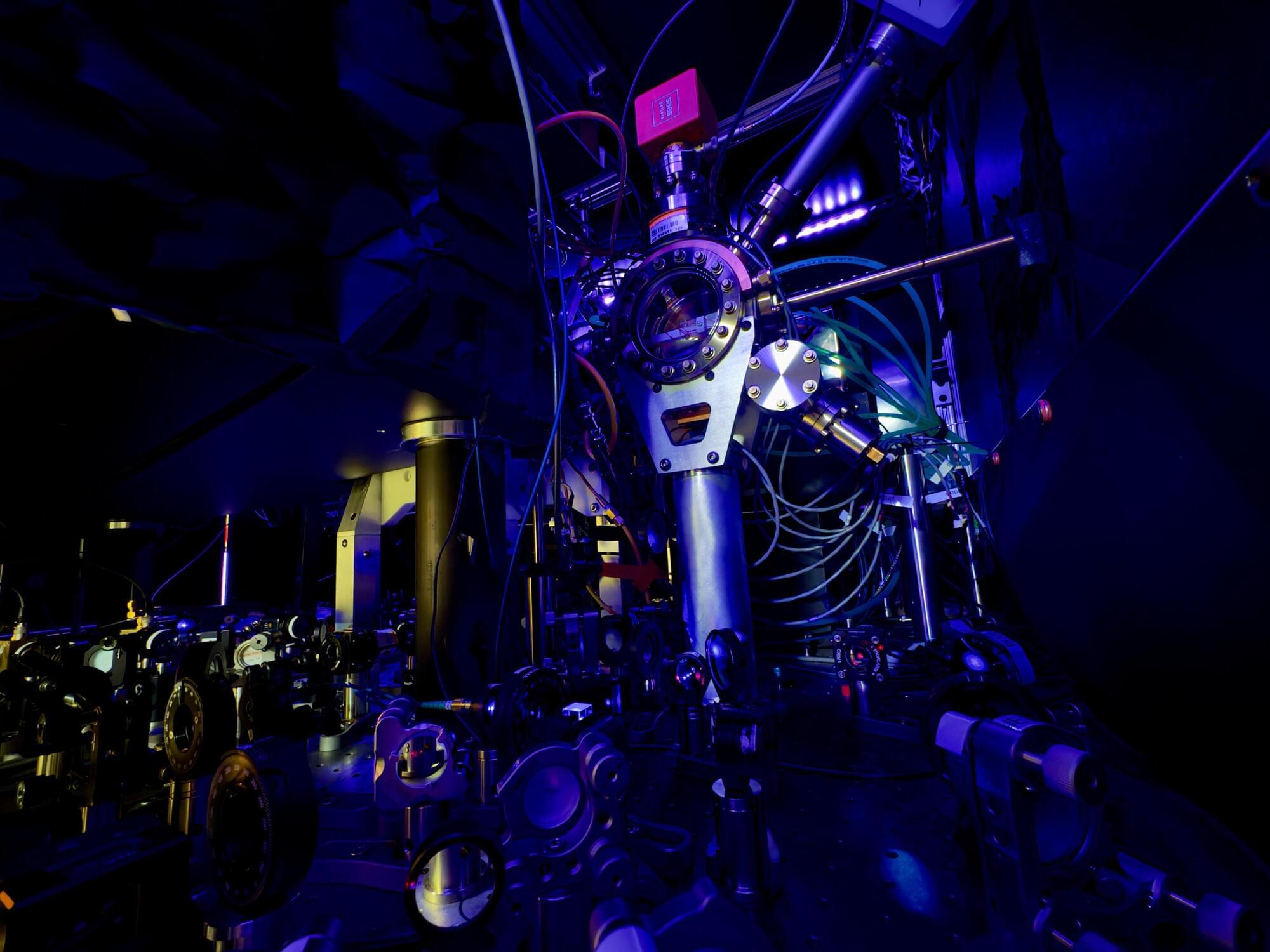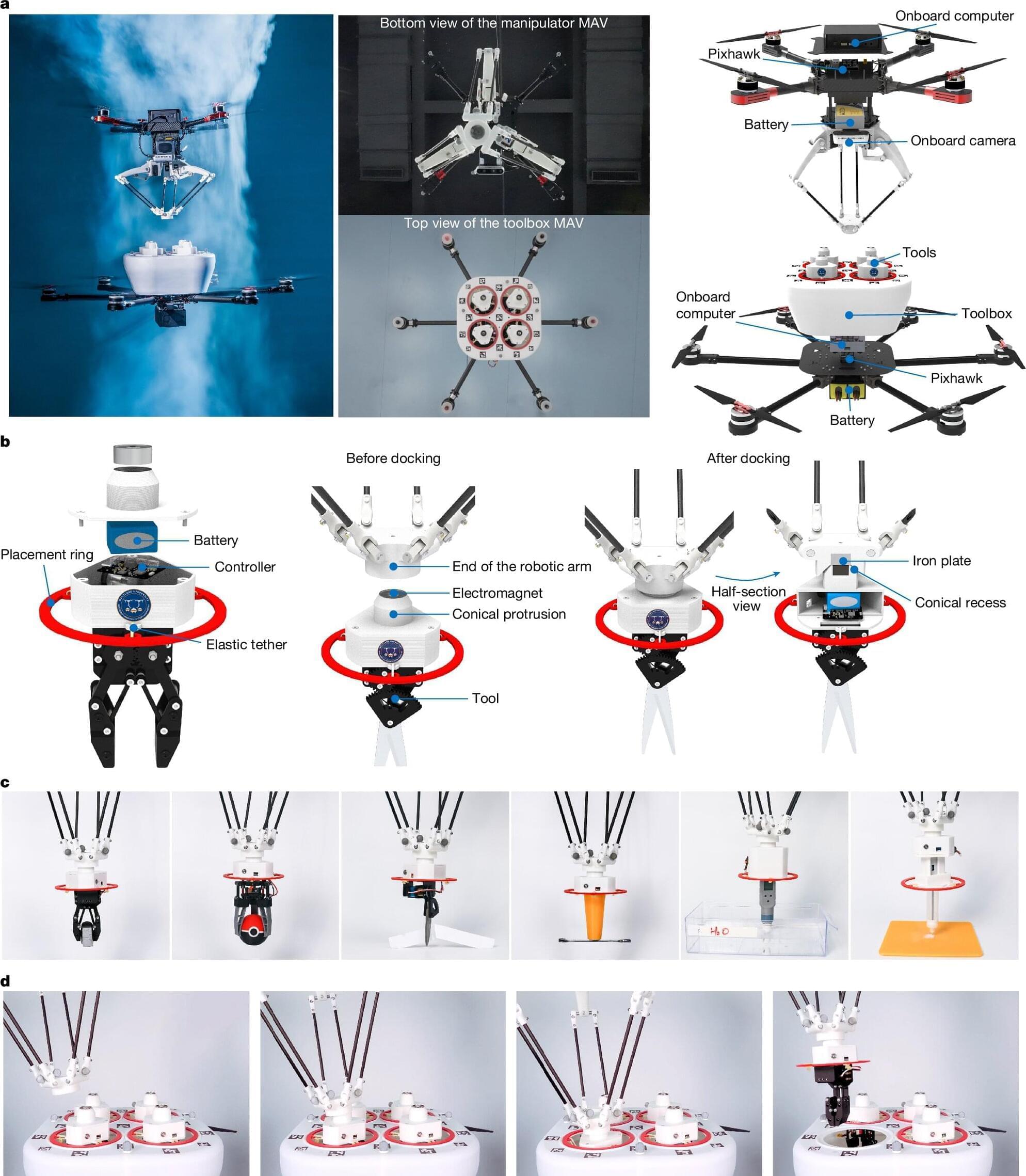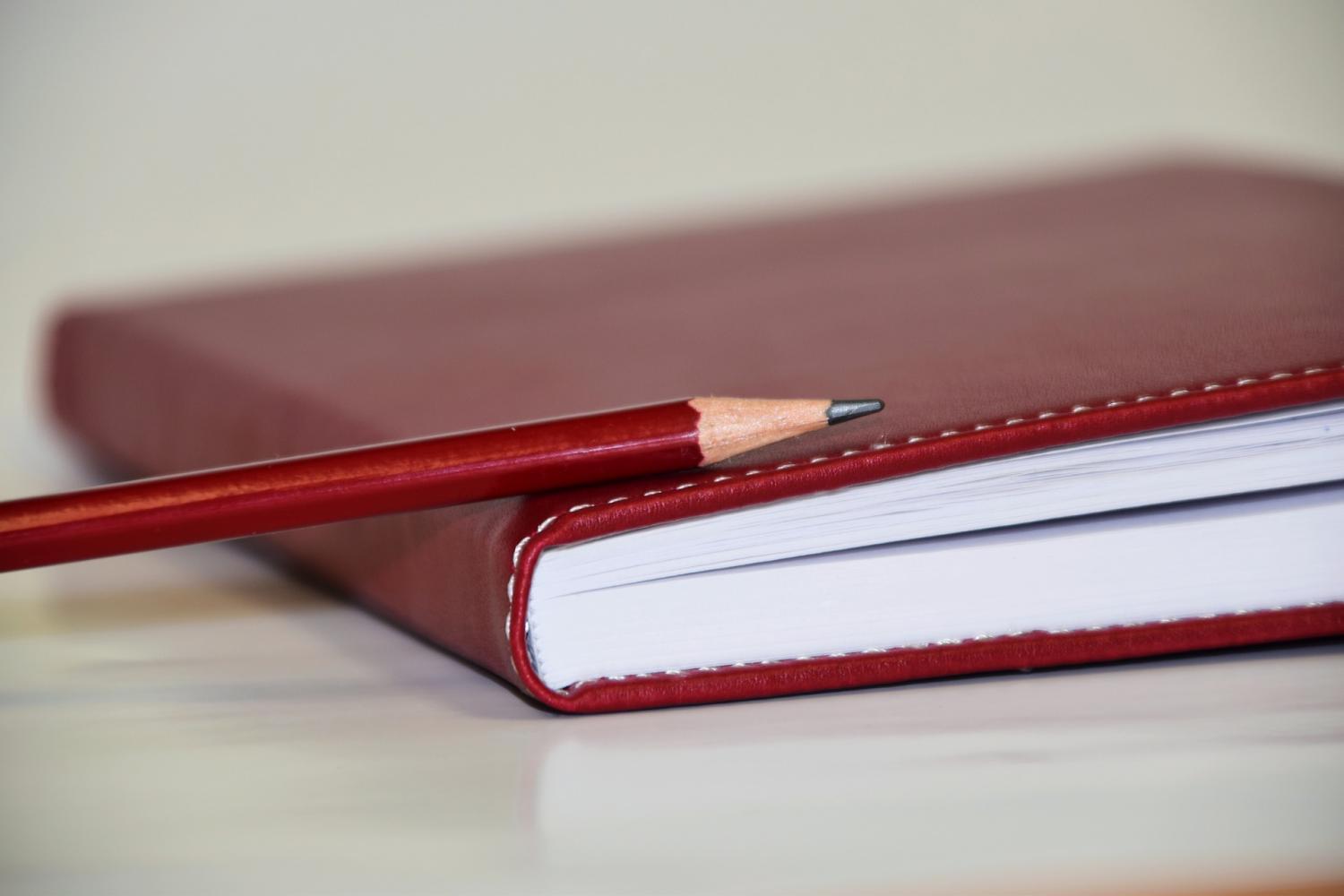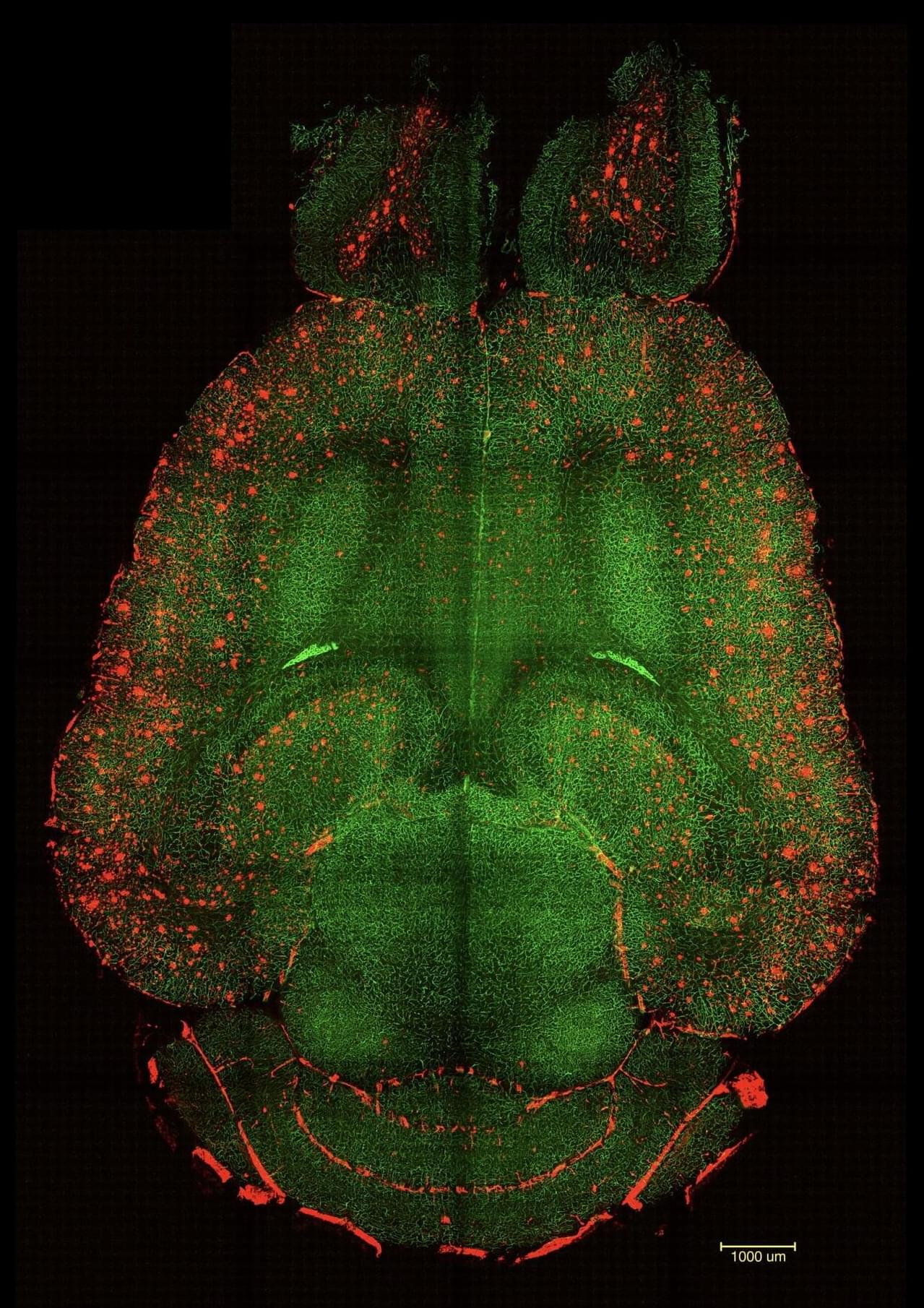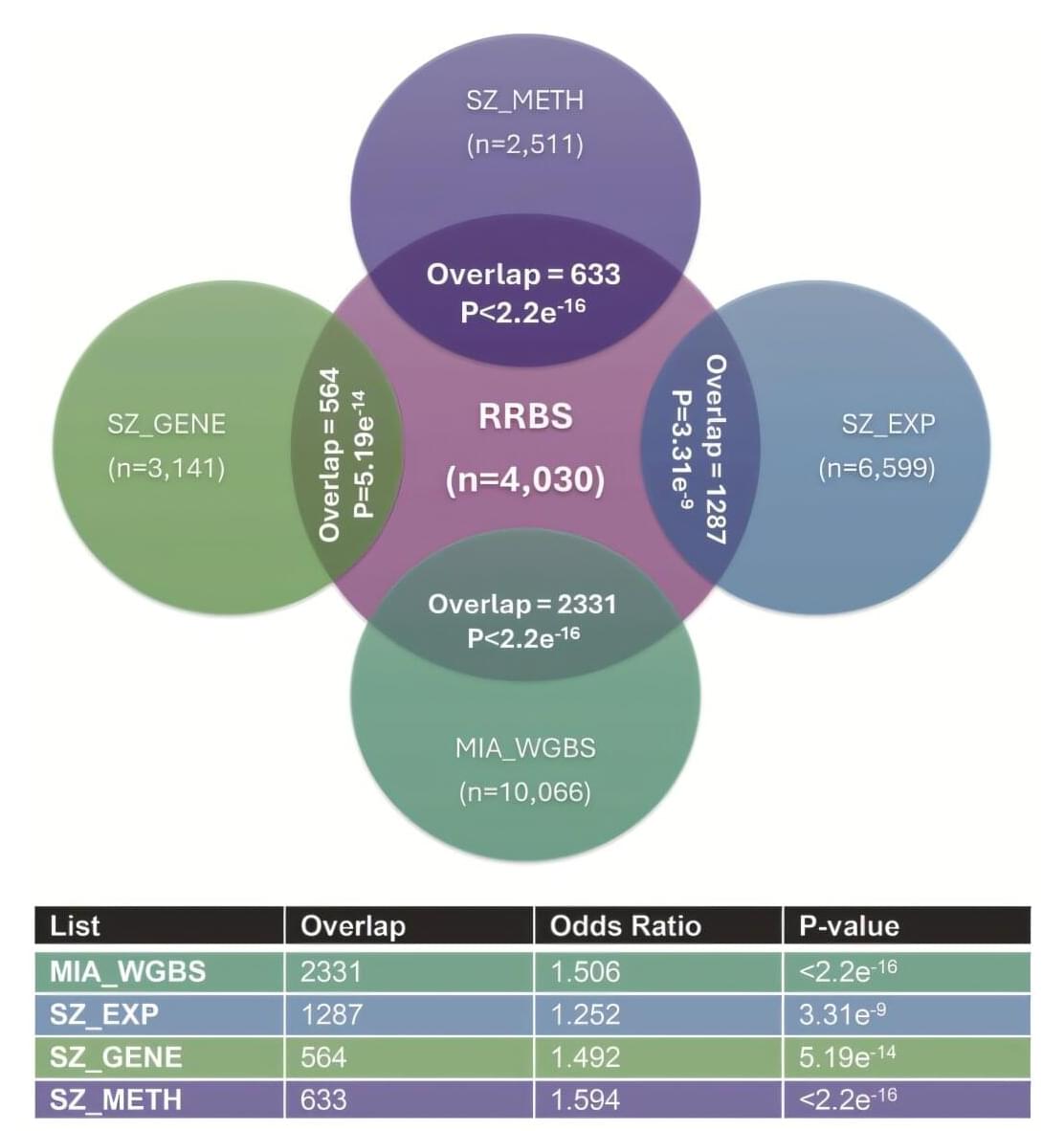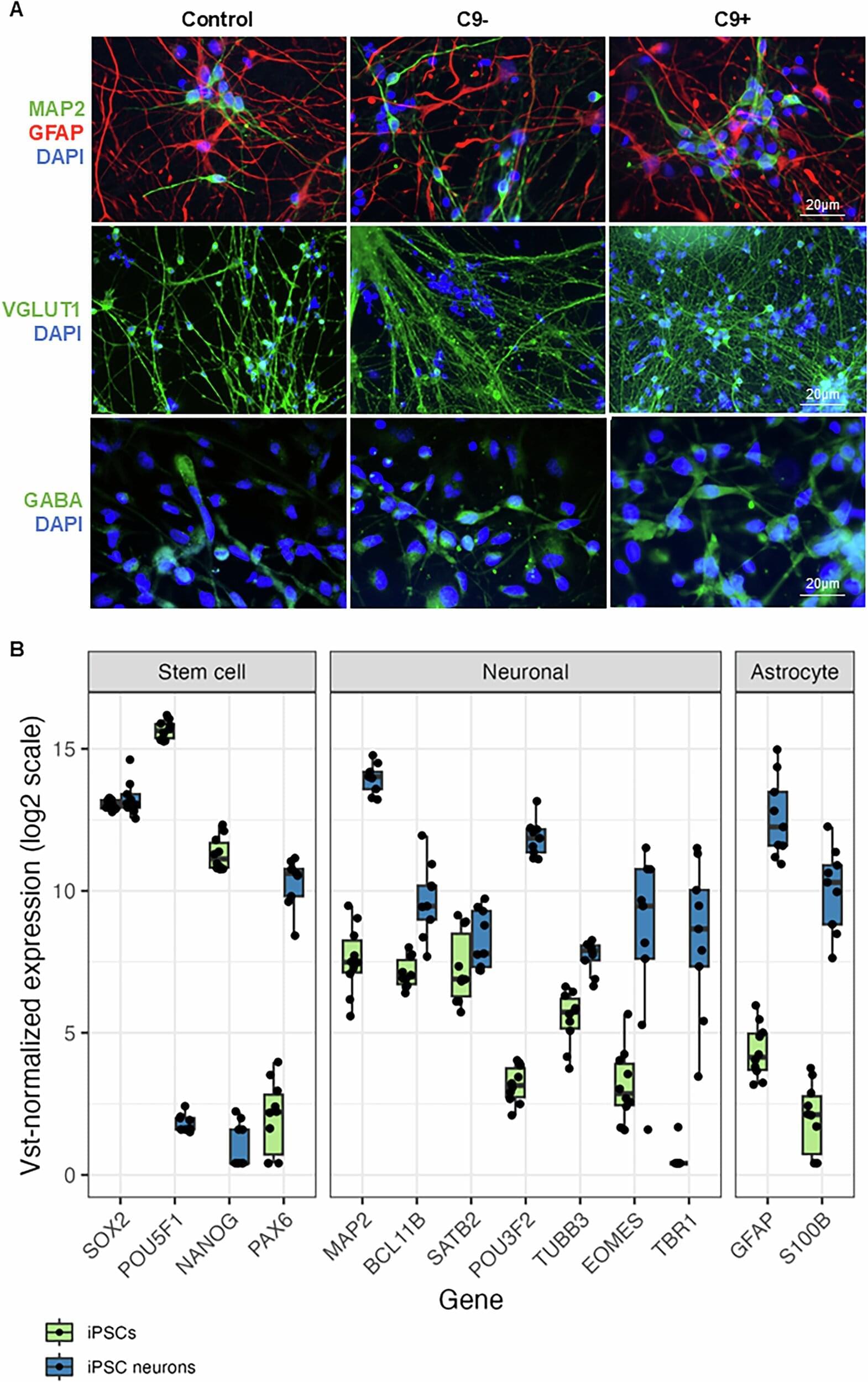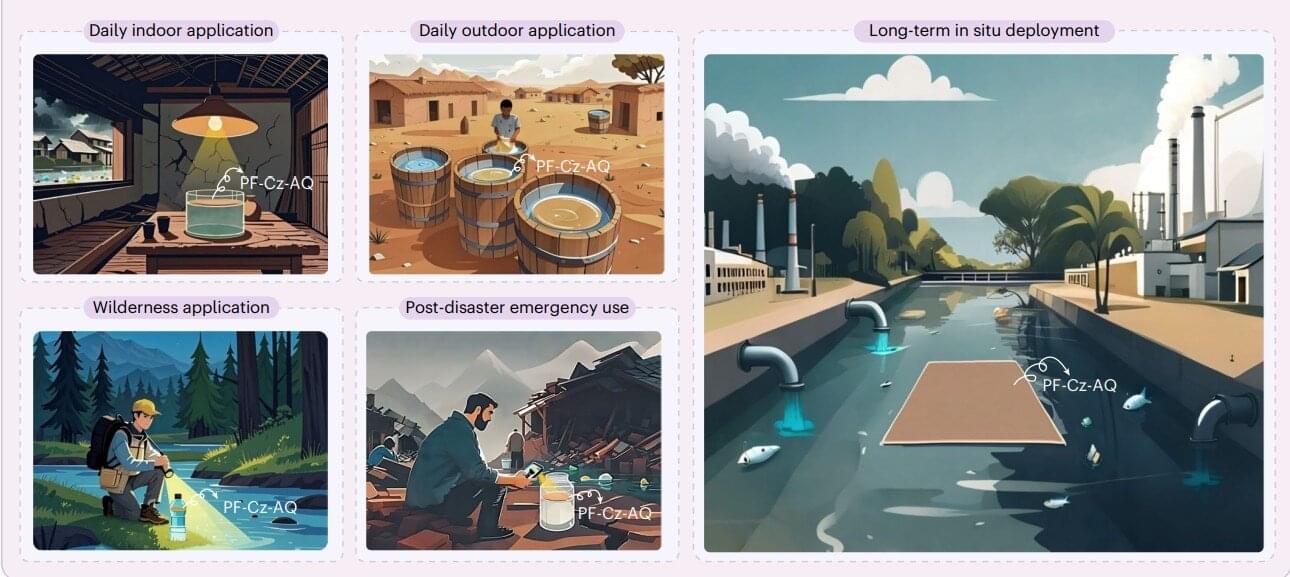Optical lattice clocks are emerging timekeeping devices based on tens of thousands of ultracold atoms trapped in an optical lattice (i.e., a grid of laser light). By oscillating between two distinct quantum states at a particular frequency, these atoms could help to measure time with much higher precision than existing clocks, which would be highly advantageous for the study of various fundamental physical processes and systems.
Researchers at JILA, National Institute of Standards and Technology and University of Chicago recently developed an optical lattice clock based on strontium atoms that was keeping time with remarkable precision and accuracy. The new strontium optical clock, introduced in a paper published in Physical Review Letters, could open new possibilities for research aimed at testing variations in fundamental physics constants and the timing of specific physical phenomena.
“We have been pushing the performance of the optical lattice clock,” Kyungtae Kim, first author of the paper, told Phys.org. “Thanks to a major upgrade from 2019 to 2021, we demonstrated record differential frequency measurement capability, reaching a resolution of gravitational redshift below the 1-mm scale, as well as record accuracy (until this July) as a frequency standard. To push the performance further, one needs to understand and model the current system. This work provides a detailed snapshot of the clock’s current operation.”
